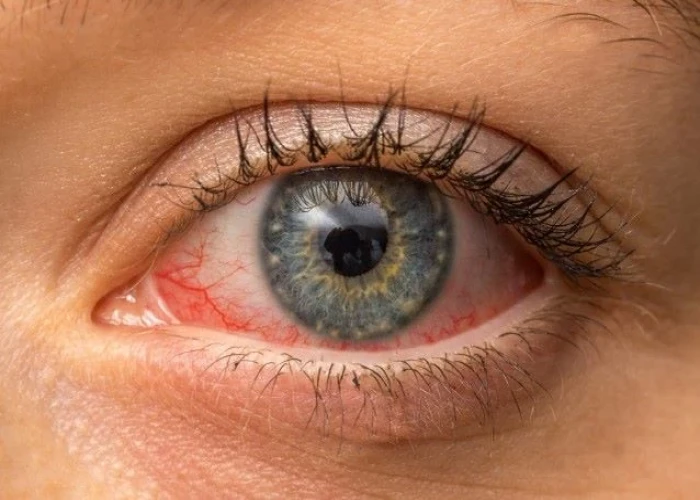 Welcome
Welcome
“May all be happy, may all be healed, may all be at peace and may no one ever suffer."
Retinal diseases
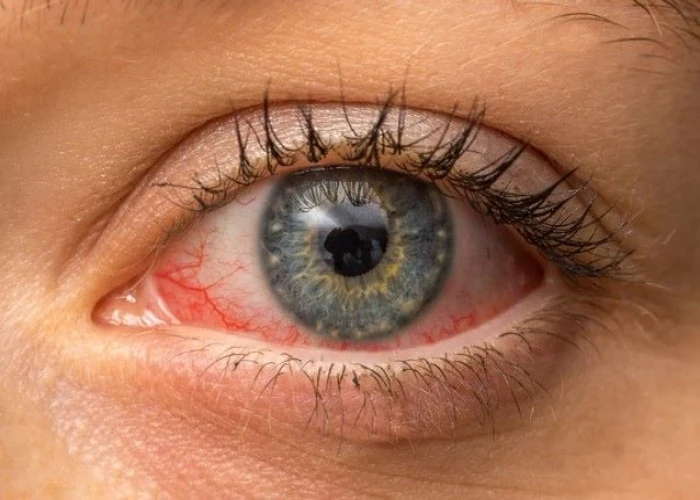
Retinal diseases are conditions that affect the light-sensitive tissue at the back of the eye, called the retina. The retina is responsible for detecting light and sending signals to the brain to form visual images.
There are many types of retinal diseases, including:
- Age-related macular degeneration (AMD): A progressive condition that causes damage to the macula, the central part of the retina responsible for sharp, detailed vision.
- Diabetic retinopathy: A complication of diabetes that causes damage to the blood vessels in the retina, leading to vision loss.
- Retinal detachment: A condition in which the retina becomes detached from its normal position in the back of the eye, leading to vision loss or blindness.
- Retinitis pigmentosa: A genetic disorder that causes degeneration of the retina, leading to vision loss and blindness.
- Macular hole: A small hole that develops in the macula, causing distorted or blurry vision.
- Epiretinal membrane: A thin, fibrous membrane that can form on the surface of the retina, leading to vision distortion or loss.
- Retinal vein occlusion: A blockage of the blood vessels that supply the retina, causing vision loss or blindness.
Treatment for retinal diseases depends on the specific condition and severity of the disease. In some cases, treatment may involve medication or injections to slow the progression of the disease, while in other cases, surgery may be necessary to repair or replace the damaged retina.
It is important to seek medical attention if you experience any changes in your vision, particularly if you have a history of retinal disease or other eye conditions. Early diagnosis and treatment can help preserve vision and prevent further vision loss.
Research Papers
Disease Signs and Symptoms
- Blurred vision of eye
- Blindness (Vision loss)
Disease Causes
Disease Prevents
Disease Treatments
The main goals of treatment are to stop or slow disease progression and preserve, improve or restore your vision. In many cases, damage that has already occurred can't be reversed, making early detection important. Your doctor will work with you to determine the best treatment.
Treatment of retinal disease may be complex and sometimes urgent. Options include:
- Using a laser. Laser surgery can repair a retinal tear or hole. Your surgeon uses a laser to heat small pinpoints on the retina. This creates scarring that usually binds (welds) the retina to the underlying tissue. Immediate laser treatment of a new retinal tear can decrease the chance of it causing a retinal detachment.
- Shrinking abnormal blood vessels. Your doctor may use a technique called scatter laser photocoagulation to shrink abnormal new blood vessels that are bleeding or threatening to bleed into the eye. This treatment may help people with diabetic retinopathy. Extensive use of this treatment may cause the loss of some side (peripheral) or night vision.
- Freezing. In this process, called cryopexy (KRY-o-pek-see), your surgeon applies a freezing probe to the external wall of the eye to treat a retinal tear. Intense cold reaches the inside of the eye and freezes the retina. The treated area will later scar and secure the retina to the eye wall.
- Injecting air or gas into your eye. This technique, called pneumatic retinopexy (RET-ih-no-pek-see), is used to help repair certain types of retinal detachment. It can be used in combination with cryopexy or laser photocoagulation.
- Indenting the surface of your eye. This surgery, called scleral (SKLAIR-ul) buckling, is used to repair a retinal detachment. Your surgeon sews a small piece of silicone material to the outside eye surface (sclera). This indents the sclera and relieves some of the force caused by the vitreous tugging on the retina and reattaches the retina. This technique may be used with other treatments.
- Evacuating and replacing the fluid in the eye. In this procedure, called vitrectomy (vih-TREK-tuh-me), your surgeon removes the gel-like fluid that fills the inside of your eye (vitreous). He or she then injects air, gas or liquid into the space.
- Vitrectomy may be used if bleeding or inflammation clouds the vitreous and obstructs the surgeon's view of the retina. This technique may be part of the treatment for people with a retinal tear, diabetic retinopathy, a macular hole, epiretinal membrane, an infection, eye trauma or a retinal detachment.
- Injecting medicine into the eye. Your doctor may suggest injecting medication into the vitreous in the eye. This technique may be effective in treating people with wet macular degeneration, diabetic retinopathy or broken blood vessels within the eye.
- Implanting a retinal prosthesis. People who have severe vision loss or blindness owing to certain inherited retinal disease may need surgery. A tiny electrode chip is implanted in the retina that receives input from a video camera on a pair of eyeglasses. The electrode picks up and relays visual information that the damaged retina can no longer process.
Disease Diagnoses
Disease Allopathic Generics
Disease Ayurvedic Generics
Disease Homeopathic Generics
Disease yoga
Retinal diseases and Learn More about Diseases
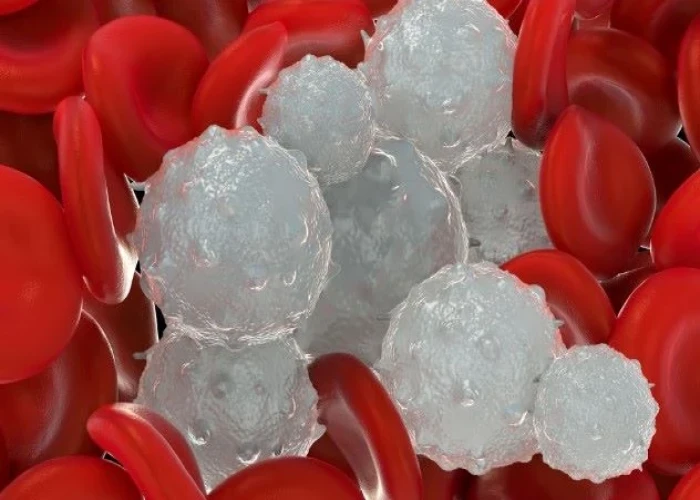
Pediatric white blood cell disorders

Celiac disease

Tinea versicolor

Amyloidosis

Spontaneous coronary artery dissection (SCAD)

Sjogren's syndrome
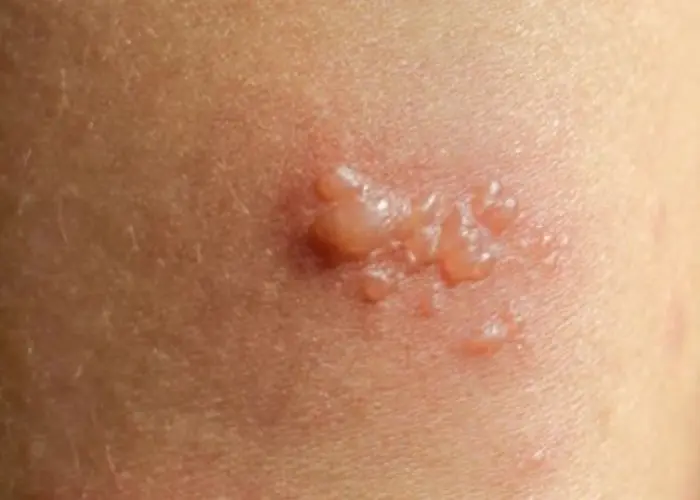
Bullous pemphigoid
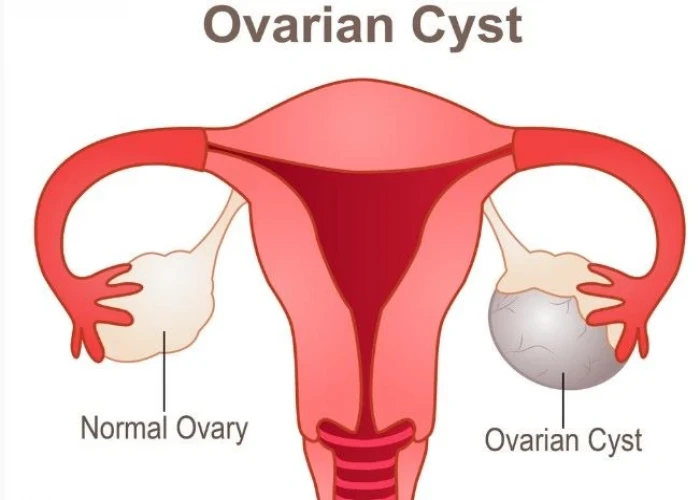
Ovarian cysts
retinal diseases, রেটিনার রোগ
To be happy, beautiful, healthy, wealthy, hale and long-lived stay with DM3S.
